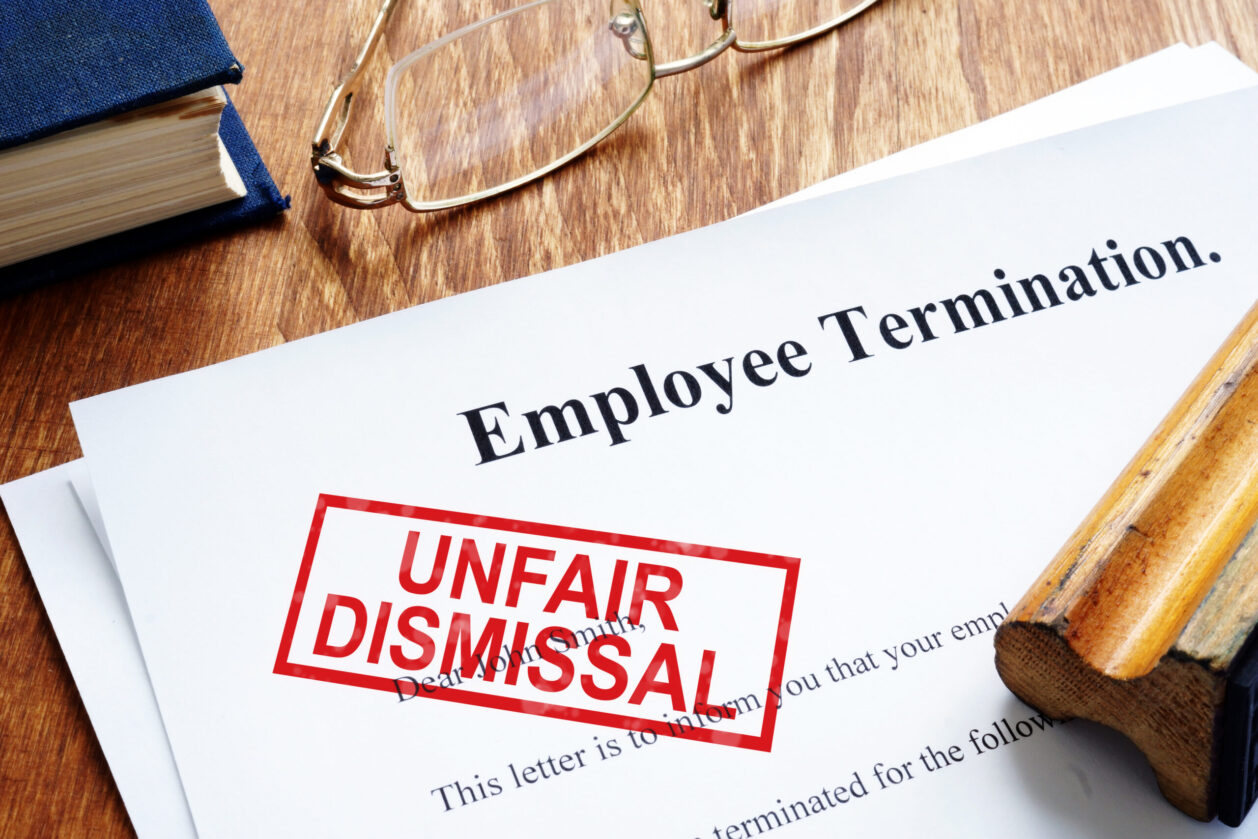Employers have an obligation to maintain a safe working environment for their employees. This includes a responsibility to take reasonable steps to reduce the risk of employees’ exposure to workplace bullying.
Workplace bullying can be defined as behaviour, directed towards a person or group of persons in the workplace, that is repeated, unreasonable or inappropriate and that creates a risk to health and safety.
Types of bullying
Workplace bullying can take two forms; overt and covert.
Overt Bullying
Overt bullying often involves verbal abuse and physical violence. Examples of such bullying include but is not limited to:
- abusive, insulting or offensive language
- behaviour or language that frightens, humiliates, belittles or degrades, including criticism that is delivered with yelling and screaming
- inappropriate comments about a person’s appearance, lifestyle, or family
- teasing or regularly making someone the brunt of pranks or practical jokes
- interfering with a person’s personal effects or work equipment
- unjustified threats of dismissal or other disciplinary action.
Covert Bullying
Covert bullying can be more subtle and involve things such as embarrassing or degrading work demands. Other examples of covert bullying include but are not limited to:
- acts of sabotaging an employee’s work by withholding information required to fulfil tasks
- hiding documents or equipment
- constantly changing targets or work guidelines
- overloading an employee with work and impossible deadlines
- not providing appropriate resources and training
- isolating or ignoring an employee on a constant basis.
Workplace bullying can take place between staff members or between workers and the customers, patients, students, contractors or visitors. It may involve managers and supervisors or other workers.
As well as the safety and health implications, bullying behaviours in the workplace may contravene anti-discrimination legislation or may amount to criminal conduct.
Who is at risk of being exposed to workplace bullying?
While all workers and other people at workplaces are potentially at risk of experiencing some form of workplace bullying, some groups are more at risk than others.
Some examples of those more at risk include:
- people with a disability
- people from different cultural backgrounds
- people with different religious or political views
- people in precarious employment such as casual and labour hire workers
- whistleblowers
- new workers, such as apprentices and trainees.
Effects of workplace bullying
Workplace bullying can have harmful effects on the organisation and the individual. Some of these are outlined below.
Organisational costs
- high absenteeism, sick leave and staff turnover;
- reduced efficiency, productivity and profitability;
- adverse publicity, poor public image (ie. known as having a difficult workplace environment);
- poor morale, erosion of worker trust, loyalty and commitment; and
- costs associated with workers’ compensation, counselling, mediation, recruitment and training of new staff.
Individual costs
- increased levels of stress, anxiety, sleep disturbances
- ill health, severe tiredness, panic attacks, impaired ability to make decisions
- incapacity to work, loss of self-confidence and self-esteem, reduced output and performance.
What isn’t bullying
When investigating allegations of workplace bullying, be aware of a person’s legitimate authority at work. For example, the reasonable direction of tasks, and proper performance management and disciplinary procedures of a company should not be construed as bullying.
It is important to note that these actions must be carried out in a reasonable manner or they may also constitute bullying. Educating management on what is reasonable when it comes to performance management and disciplinary process can assist in minimising claims.
Natural justice
The accused is entitled to natural justice, this means they have the right to be presumed innocent until proven otherwise. Natural justice is generally considered to include the following rights to:
- be fully informed of the complaint against the person accused, including being told the name of the person making the complaint
- be fully informed about the complaint process and what is required of them
- reply in full to the complaint
- be considered innocent until proven to be guilty
- be given the opportunity to bring a support person
- have information about the complaint restricted to those who are directly involved
- be given the benefit of any reasonable doubt
- have all mention of the matter removed from his or her personal records if the case against him or her is not proven
- be informed of any rights of appeal that may exist against any decision made on the matter.
Develop and implement policy and procedures
Employers should ensure a workplace bullying policy is in place and that employees are aware and trained on the policy. It should also be easily accessible to employees, such as for example by including it on a company intranet, in an employee handbook, or by having hard copies available in the staff lunch room. The policy could form part of a general Harassment or Professional Behaviour policy or be implemented as a standalone document. It is always best to implement new policies in consultation with employees and other workers to ensure buy in from employees.
A workplace bullying policy clearly demonstrates the management commitment to addressing workplace bullying while associated procedures should provide a clear process to deal with workplace bullying incidents that may occur. In addition,, the workplace bullying procedure should include reference to investigation and complaint handling processes, issue resolution and grievance contacts.
Organisations should:
- foster healthy cultures and ensure a commitment to promoting the safety, health and wellbeing of employees through effective management systems;
- ensure employees receive support if they wish to raise workplace bullying problems affecting their work;
- set achievable targets, policies and plans and ensure there is enough time to do the task;
- ensure staff selected to do the task have the necessary knowledge and skills;
- provide a consistent approach in your management style ensuring that managers and supervisors treat staff in a fair and equitable manner, and;
- if change is to occur, communicate the reasons with employees, what it aims to achieve and the timing for change to take place.
Managers should:
- encourage workers to come forward if they are being bullied and protect them from retaliation when they do
- check for existing bullying behaviour at the workplace (e.g. monitor patterns of sick leave, workers’ compensation data, attitude surveys and exit interviews);
- appoint and identify a contact person for workplace bullying (such as a Human Resource Manager) or an outside agent who provides clear advice and guidelines on managing workplace bullying
- encourage workers who experience workplace bullying to keep a diary of alleged bullying
- nominate an appropriate person (which could be another member of management) to approach the alleged bully and ask them to cease bullying
- ensure a thorough investigation is conducted
- initiate disciplinary action for the bully if necessary
- develop and implement a follow-up procedure
- provide the contact person, managers, supervisors and other workers with training on the policy, procedures and investigation procedures.
Bullying matters in the Fair Work Commission
From 1 January 2014, the Fair Work Act 2009 (FW Act) was amended to include provisions for workplace bullying. These provisions allow ‘workers’ of constitutional corporations (i.e. national system employers) who reasonably believe they are being bullied at work to apply to the Fair Work Commission (FWC) for an order to stop the bullying.
The FW Act defines workplace bullying as a situation whereby ‘an individual or group of individuals repeatedly behaves unreasonably towards a worker(s) and that behaviour creates a risk to health and safety.’
The FW Act makes clear that reasonable management action carried out in a reasonable manner does not constitute bullying. Reasonable management action may include, but is not limited to:
- performance management processes;
- disciplinary action for misconduct;
- informing a worker about unsatisfactory work performance or inappropriate work behaviour;
- asking a worker to perform reasonable duties in keeping with their job; and
- maintaining reasonable workplace goals and standards.
The provisions are no limited to employees but cover any individual defined as a ‘worker’ (as defined in the Work Health and Safety Act 2011) which includes the following:
- an employee
- a contractor or subcontractor
- an employee of a contractor or subcontractor
- an employee of a labour hire company who has been assigned to work in a particular business or organisation
- an outworker
- an apprentice or trainee
- a student gaining work experience
- a volunteer.
Where an application is made the FWC must commence dealing with the matter within 14 days. The FWC will commence proceedings by sending a copy of the application to:
- the person or business that employs or engages the worker
- the person or people who the worker alleges is bullying them
- the person or business that employed or engaged this person or people
- any representatives.
The FWC will then decide how to deal with the matter (generally by mediation, a conference or a hearing) and will send all parties a written notice with the date and time for them to appear before the FWC.
Where the matter is not otherwise resolved, and it is satisfied that the worker has been bullied and that there is a risk that the worker will continue to be bullied, the FWC may make an order it considers appropriate to prevent further bullying of the workers at work.
The power of the FWC to grant an order is limited to preventing the worker from being bullied at work, and the focus is on resolving the matter and enabling normal working relationships to resume. As a result, the FWC in not permitted to make an order requiring payment of a pecuniary amount/compensation or ordering reinstatement.
Actions that the FWC might consider ordering may include:
- requiring the individual or group of individuals to stop the specified behaviour
- regular monitoring of behaviours by an employer or principal
- compliance with an employer’s or principal’s bullying policy
- the provision of information, additional support and training to workers
- review of the employer’s workplace bullying policy.
The Courts may impose fines of up to $12,600 for an individual or $63,000 for a corporation for breaches of an order of the FWC.
For more information, contact the Employee Relations Advice Centre on (08) 9365 7660 or email [email protected]. For specific occupational health and safety issues, contact CCIWA’s Safety and Risk Services team on (08) 9365 7415.






